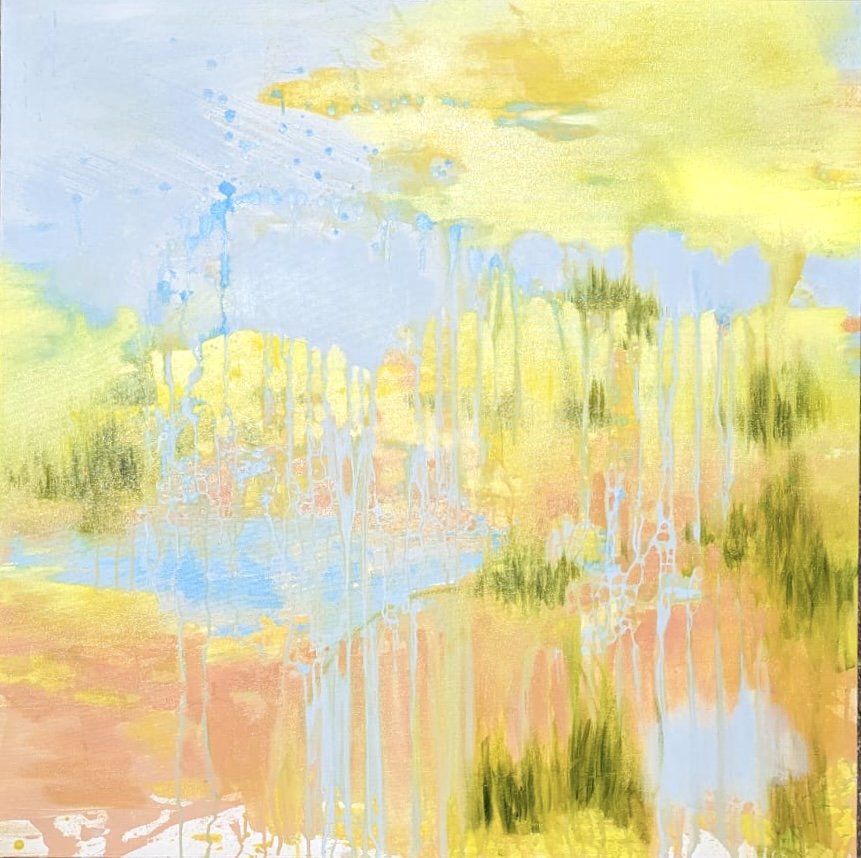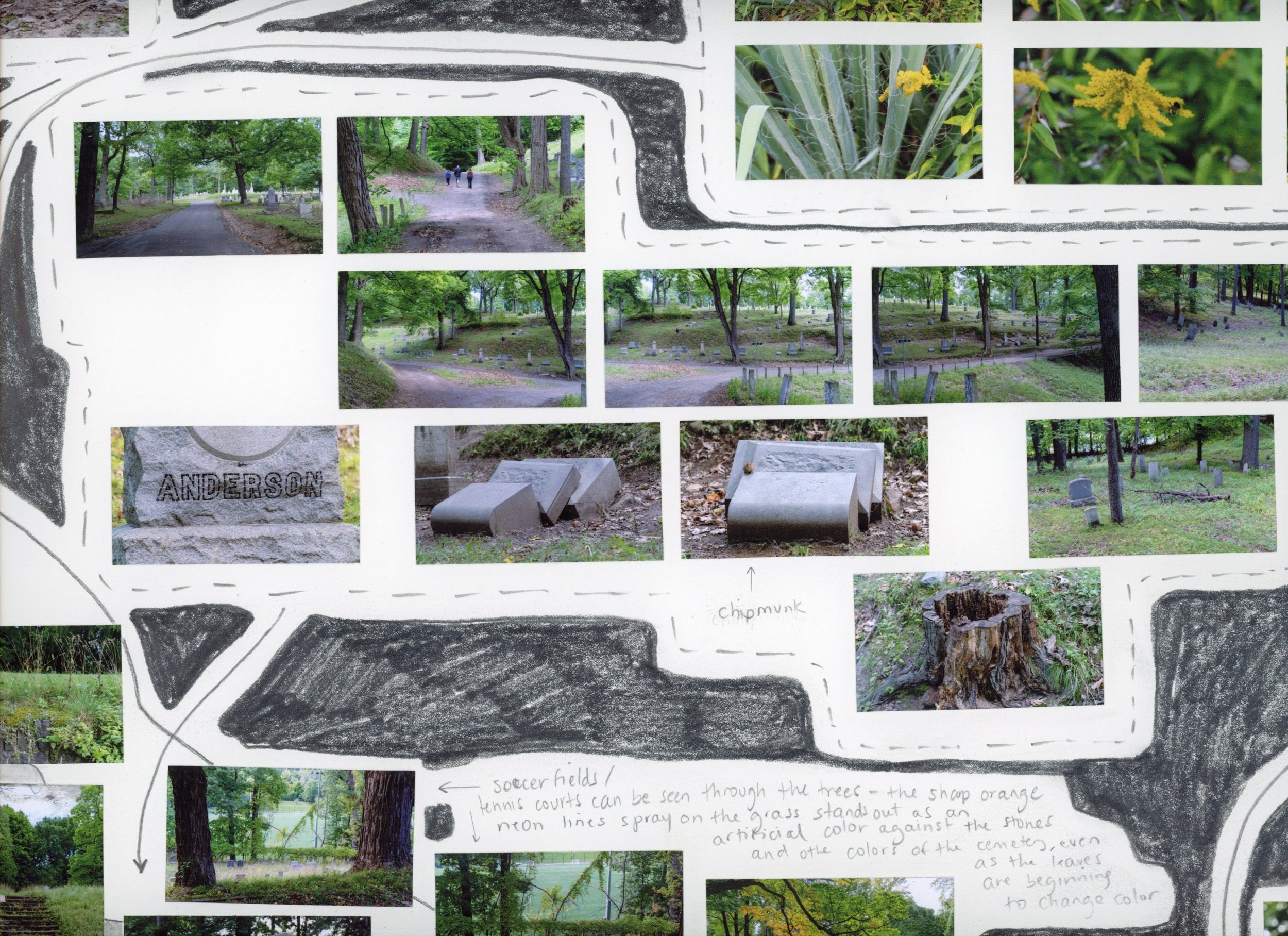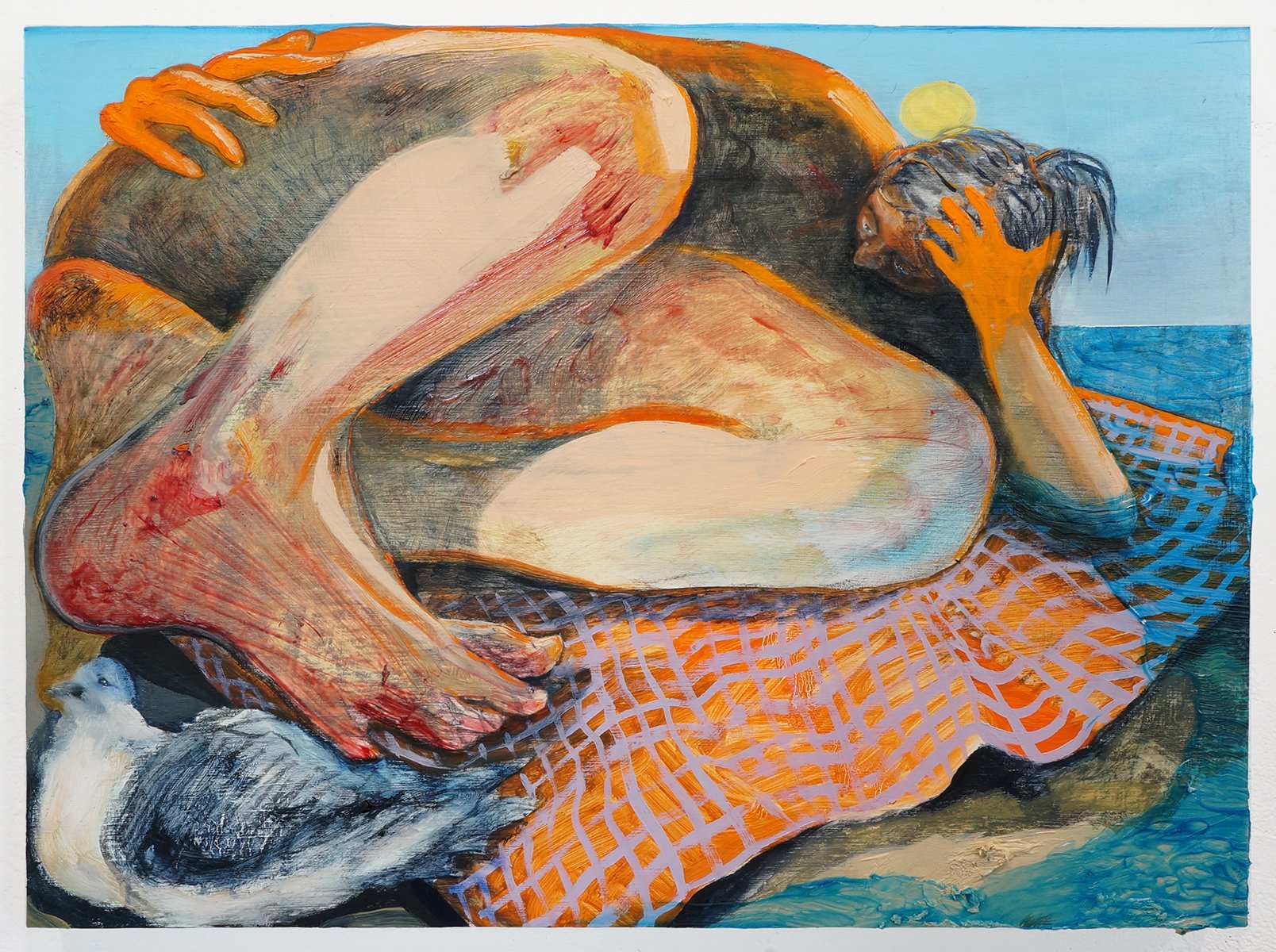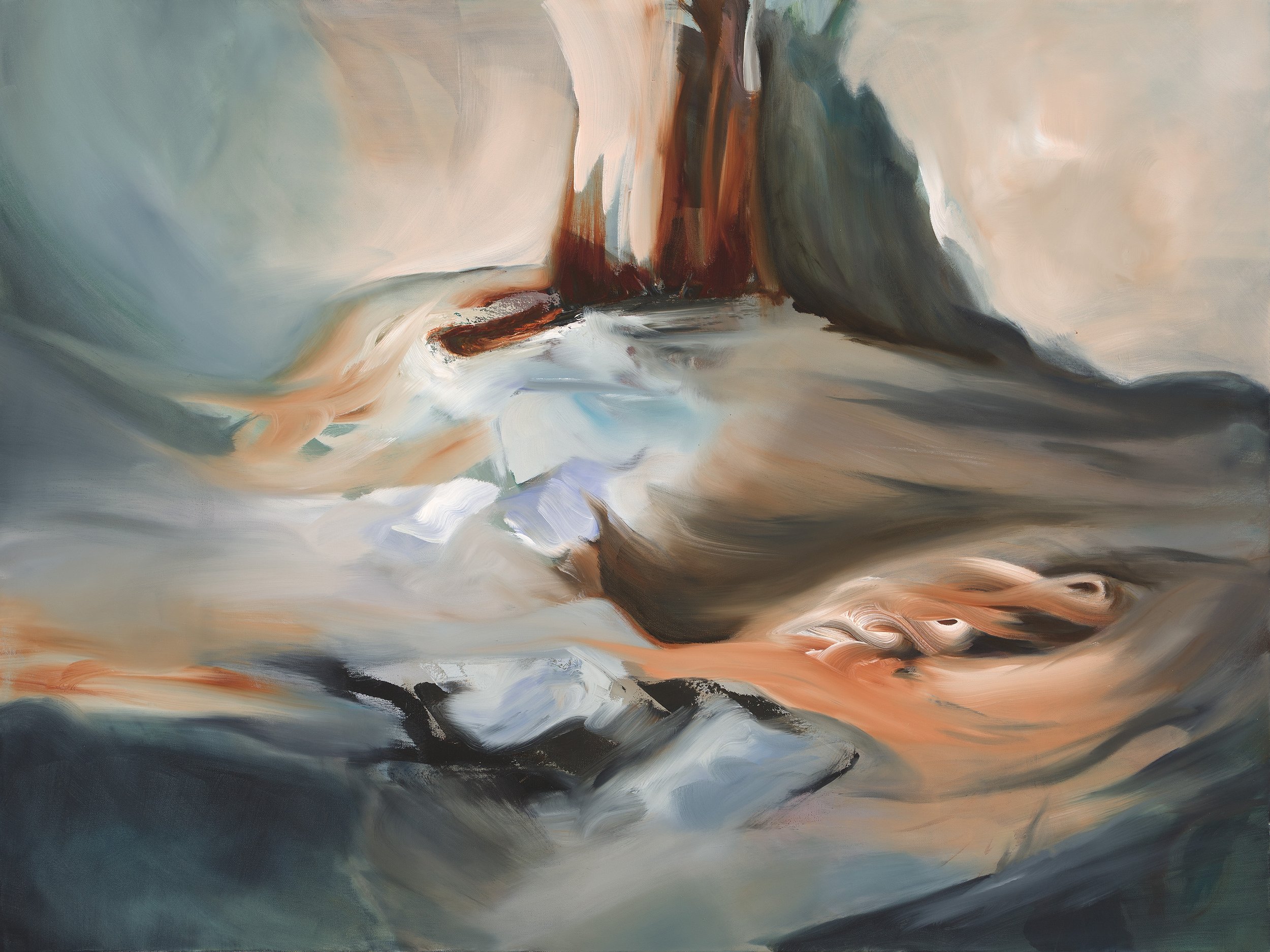ROY Presents: Maggie Cappelletti | Lydia Smith | Chantal Wnuk | Eva Antebi-Lerman
ROY asks
What is your name and what pronouns do you use?
Maggie, she/her
How has art (whether it be your own or art in general) changed you?
Painting has always been a deeply cathartic process for me. Growing up I
was constantly being tested and re diagnosed with some pretty intense
learning disabilities. The studio was always my safe space, where I
discovered how to process and communicate my emotions visually. I could
finally tell stories and express what my world felt like for the first time.
Creating art has been my greatest tool for healing, communicating and the
deepest transformational space for me.
How did you start your artistic practice?
As a child through curiosity and a need to express myself. However, now
my artistic practice is linked very deeply to my spiritual practice. Meditation
is a huge part of my painting practice. I meditate and concentrate on the
memory or vision that I am trying to express in my painting and then open
up all the channels to let the work flow. It is a very intuitive and inherently
feminine process.
When a first-time viewer sees your work, what is the first word that you
hope they think of when looking at it?
For this new body of work my hope is that when viewers see it they feel a
connection or awe of “sprit”. As this collection is my representation of
incredibly impactful moments in my life that fostered my relationship with
“source” energy and with my mother’s spirit after she passed.
ROY asks
What is your name and what pronouns do you use?
Lydia Smith, she/her
How has art (whether it be your own or art in general) changed you?
I touch with my ears. I see with my ears. I listen with my eyes. I taste with my fingers.
How did you start your artistic practice?
My practice begins in the field, where I borrow research strategies from ethnography and utilize a foundational language of drawing to record sensory experiences. I imagine place as a metaphor for a collective body: alive, breathing, and ever-evolving. Using this framework, I examine the phenomenological, historical, and subjective remnants of knowledge embedded within landscape.
Returning to the studio, I apply organizational processes of assemblage and editing to translate what I have collected into hybrid forms of image, performance, and installation. Challenging the structural apparatus of the map, the archive, and the document, I explore how abstraction can act as a feminist and anti-colonial intervention, exposing the slippery boundaries of collective memory.
When a first-time viewer sees your work, what is the first word that you hope they think of when looking at it?
Palimpsest.
ROY asks
What is your name and what pronouns do you use?
Chantal Wnuk, she/her/hers.
How has art (whether it be your own or art in general) changed you?
My current practice has been invaluable in helping me better understand the effects of cancer treatment. Medical jargon is so dense and the influx of new information upon initial diagnosis and recent progression is constant. Painting was a way for me to translate that information into a visual language that I can better understand and process. I hope for my work to disrupt stereotypes of disability and push against the expectation of toxic positivity that often accompanies a cancer diagnosis.
How did you start your artistic practice?
I’m lucky to have grown up in a household where being an artist was seen as legitimate life choice. My dad is a painter and professor, so we were always making things and looking at art together.
When a first-time viewer sees your work, what is the first word that you hope they think of when looking at it?
I love thinking of the word “pliable” in relation to my work, but hope my viewers get the sense of fatigue and slumpy resilience that the series I’m exhibiting at ROY G BIV is thinking about.
ROY asks
What is your name and what pronouns do you use?
Eva Antebi-Lerman, she/her/hers
How has art (whether it be your own or art in general) changed you?
Art is a place where I allow my mind to slow down and think less. I welcome chaos and surprises by painting with dirty brushes. I challenge myself to respond to what is present on the canvas. Painting has helped me grow to be more adaptable.
How did you start your artistic practice?
I started doing mixed media collage with my mother as a small child. Later on I dabbled in a number of different media (ceramics, glassblowing, metalworking, photography, etc). For many years, traditional 2D media felt aversive. In 2014 I was determined to challenge myself and attempt drawing and painting. I began painting in acrylics but painted in many thin layers. Other artists looked at my work and encouraged me to try oil painting. I instantly fell in love with it.
When a first-time viewer sees your work, what is the first word that you hope they think of when looking at it?
There is no specific word; I am pulling for feeling. I strive to create an oasis in each painting for viewers to escape into the work.




